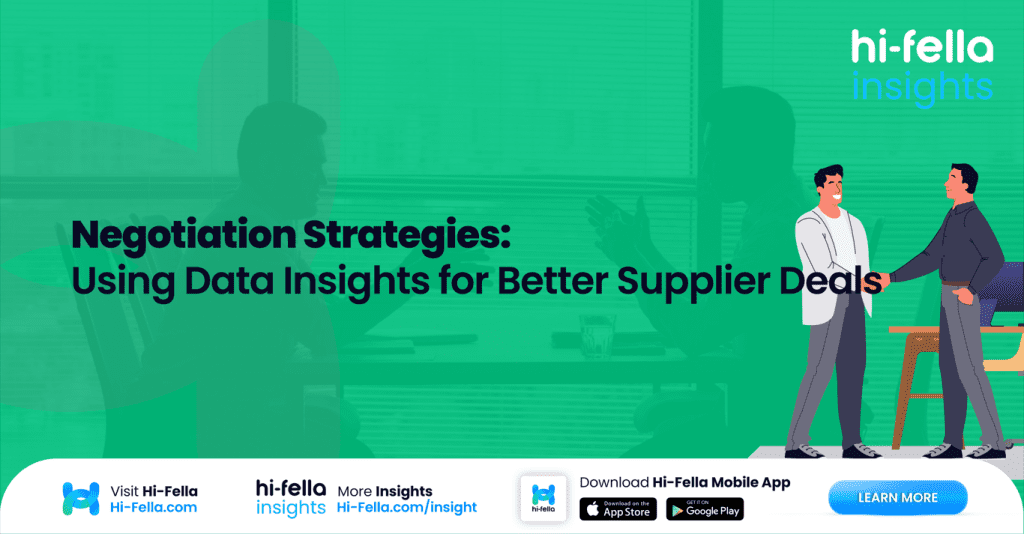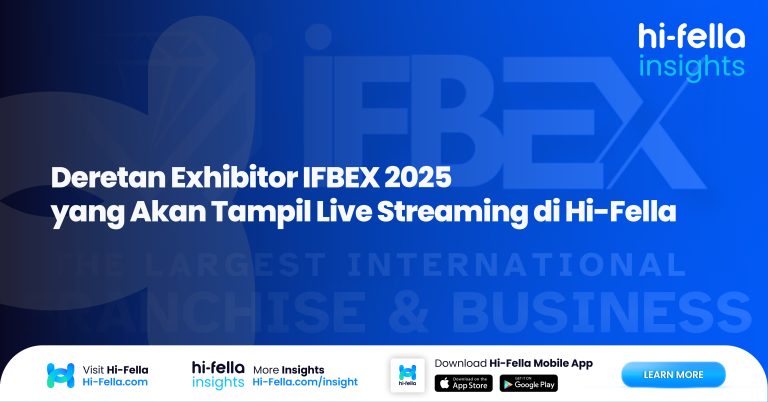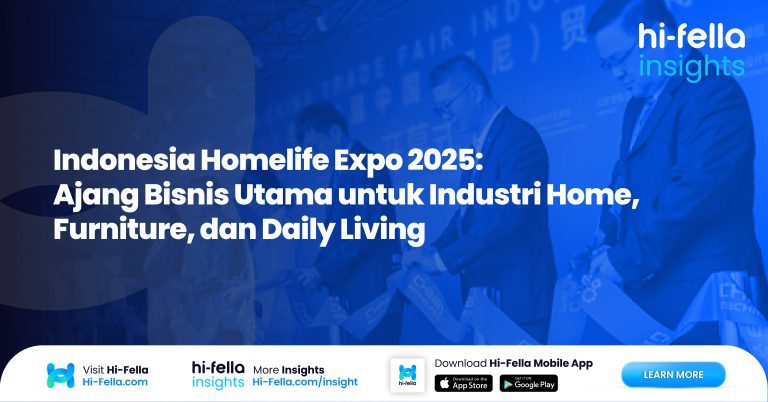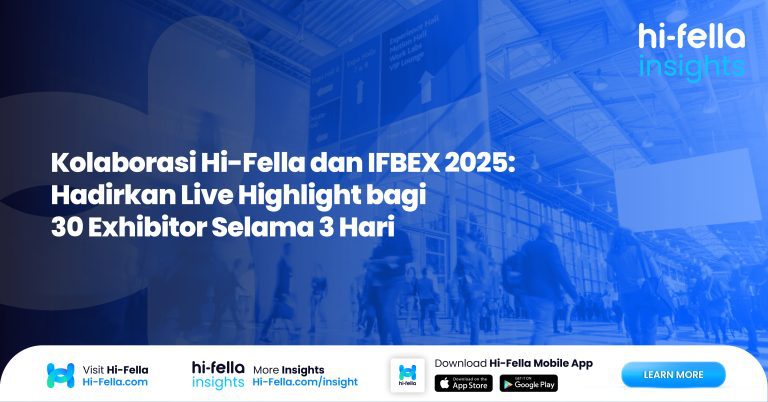In the past, supplier deals hinged on relationships, gut instinct, and personal rapport. While trust still matters, today’s global sourcing landscape demands data-backed decision-making. With supply chains more volatile than ever and pricing pressures at an all-time high, procurement teams must use real-time insights, historical benchmarks, and predictive analytics to stay competitive.
This data-driven shift has changed the game — making negotiation less about persuasion and more about precision. Platforms like Hi-Fella are at the forefront, equipping buyers with the intelligence and tools needed to negotiate smarter and faster in a complex global environment.
The Shift Toward Data-Driven Negotiation in Global Trade

In today’s procurement world, relying solely on relationships or past deals is no longer enough. Global trade is under pressure from multiple angles:
- Inflation is driving up the cost of raw materials and logistics.
- Supply chain realignments due to friendshoring and nearshoring have reshaped sourcing routes.
- Commodity volatility (from semiconductors to grains) is influencing contract value like never before.
As a result, successful negotiation is increasingly powered by objective, up-to-date data. Companies with access to analytics can benchmark prices, monitor supplier behavior, and respond to market changes in real time — turning information into negotiation leverage.
By embedding these capabilities into platforms like Hi-Fella, procurement professionals can move from reactive to strategic — saving money while building more resilient supplier relationships.
Key Data Points That Strengthen Your Position at the Supplier Deals Negotiation Table
Before walking into a supplier discussion, buyers need more than just a target price — they need a data arsenal. Essential data categories include:
Historical Pricing Trends
Understanding historical pricing trends arms you with context. By tracking a supplier’s pricing behavior over the past 6 to 24 months, you can determine whether a current quote is fair, inflated, or competitively aggressive. This is especially critical in volatile commodity markets or industries affected by seasonal fluctuations. Patterns in pricing often reveal opportunities to negotiate based on previous lows or consistent rates.
Additionally, leveraging historical data builds credibility at the negotiation table. When you reference documented trends, it shifts the conversation from subjective negotiation to evidence-based discussion. If a supplier is proposing a price hike, you can question the justification by pointing out past pricing during similar market conditions. This helps reduce emotional friction and steer talks toward data-driven outcomes.
Regional Cost Variations
Regional factors—such as labor costs, utility rates, and local economic conditions—can significantly impact a supplier’s cost structure. Understanding these variations allows you to assess whether cost increases are genuinely due to inflation or simply inflated margins. For example, if energy prices in a supplier’s region have dropped, yet their quote has increased, that’s a red flag worth investigating.
Moreover, this data can be used to compare suppliers across different geographies. If a factory in Southeast Asia offers a better rate than one in Eastern Europe, you can bring this to the negotiation to drive down costs or explore alternative sourcing. Highlighting regional cost advantages or disadvantages shows that you’re informed and won’t accept cost changes at face value.
Supplier Performance Metrics
A supplier’s track record speaks volumes. Metrics like on-time delivery rates, quality defects, and communication response times reveal the operational reliability of a supplier. A low-cost offer might not be worth it if the supplier frequently ships late or delivers subpar goods. Tracking these metrics allows you to weigh performance against price when making sourcing decisions.
In negotiations, performance data strengthens your position by highlighting leverage points. If you’re negotiating with a supplier that’s consistently late or quality-challenged, you can justify pushing for lower prices, expedited shipping terms, or service level agreements. Conversely, if a supplier performs exceptionally, you may justify premium pricing — but only to a certain threshold.
Lead Time Consistency
Lead time variability can introduce serious risk into your supply chain, especially for just-in-time (JIT) manufacturing models. Monitoring how consistently a supplier meets lead time commitments helps identify potential disruptions before they occur. It also helps establish baseline expectations during contract negotiations.
When a supplier’s lead times are erratic, you may need to negotiate additional buffer inventory, expedited shipping clauses, or dual sourcing. Demonstrating that you’ve tracked lead time consistency communicates that you’re managing supply risk proactively. If a supplier can’t meet your required cadence, that becomes a valid point for either renegotiating terms or exploring alternatives.
Competitor Benchmarking
Competitor benchmarking provides powerful leverage by showing what other suppliers are offering under similar terms and conditions. This includes price, payment terms, quality levels, and value-added services. By collecting offers from competitors, you create a range of acceptable pricing and service benchmarks to frame your negotiation.
When you present data from alternative vendors, it shifts power in your favor. Suppliers become more likely to match or beat those benchmarks to stay competitive. Additionally, it opens the door for discussions around innovation, flexibility, or bundled offerings that may otherwise be off the table. Competitive transparency forces suppliers to rethink their value proposition — and that benefits you.
Access to this data helps procurement professionals:
- Challenge unjustified price increases
- Justify longer payment terms or higher quality standards
- Push for rebates or guarantees in high-risk deals
Hi-Fella enables these insights through verified supplier profiles, trade data dashboards, and category-specific benchmarks — all easily accessible on one platform.
Real-Time Market Intelligence and Its Impact on Procurement Outcomes
Global trade changes by the hour. Procurement decisions based on last month’s conditions may already be outdated. That’s why real-time intelligence is crucial — especially during negotiations.
Consider the following examples:
- The Red Sea shipping disruption in 2024 prompted rerouting and emergency contract renegotiations for European importers.
- India’s rice export ban triggered immediate price surges, forcing food companies to find alternative sources or adjust purchase volumes.
Firms with access to live freight rate data, port congestion updates, or commodity dashboards were able to:
- Adjust delivery timelines preemptively
- Negotiate shared risk terms
- Reopen pricing discussions based on verified disruptions
Hi-Fella provides these insights directly via its integrated trade intelligence tools, helping users act with confidence when market volatility threatens margins.
Leveraging Predictive Analytics and AI for Negotiation Forecasting
The next frontier in supplier negotiation is forecasting, not just reacting. With AI and predictive analytics, companies are modeling supplier behavior, price trajectories, and contract scenarios before stepping into a negotiation.
Applications of predictive negotiation tools include:
- “What-if” simulations: Modeling pricing shifts based on currency changes, fuel costs, or new tariffs
- AI-generated counteroffers: Drafting optimal terms based on past deal data and market projections
- Risk scoring: Flagging suppliers likely to delay, default, or breach terms
- Demand trend predictions: Helping buyers lock in volume before price spikes
Leading companies use these tools to reduce renegotiation cycles, improve long-term contract value, and build more data-driven relationships with suppliers.
Hi-Fella supports this evolution by offering smart trade analytics and AI-powered negotiation planning modules, bringing cutting-edge intelligence to everyday procurement tasks.
Join Hi-Fella Today!
Hi-Fella is the trade platform built for data-driven negotiation. Whether you’re closing a deal on raw materials, packaging, or electronics, Hi-Fella equips you with:
- Verified global supplier profiles with up-to-date pricing, documentation, and certifications
- Real-time market intelligence covering commodities, logistics, and risk alerts
- Performance dashboards to evaluate and compare vendors
- Predictive tools to help plan, simulate, and negotiate contracts strategically
In today’s competitive landscape, every negotiation needs insight. Hi-Fella turns your procurement process into a data-powered advantage.

